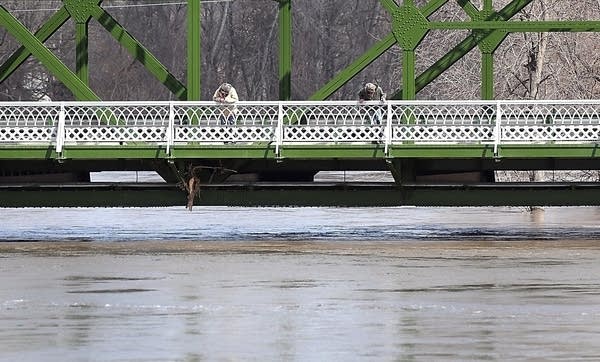So you think your home might flood. Do this stuff now

Two men look at a raging Minnesota River beneath the Highway 99 bridge Wednesday in St. Peter, Minn.
Pat Christman | Mankato Free Press
Go Deeper.
Create an account or log in to save stories.
Like this?
Thanks for liking this story! We have added it to a list of your favorite stories.


